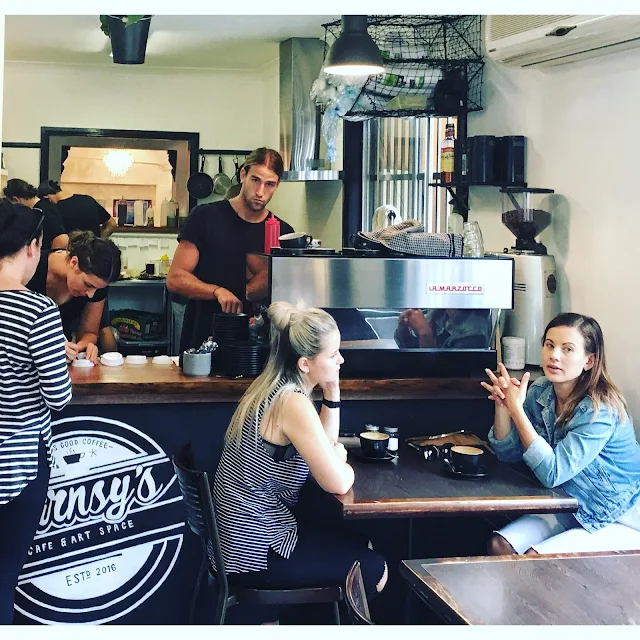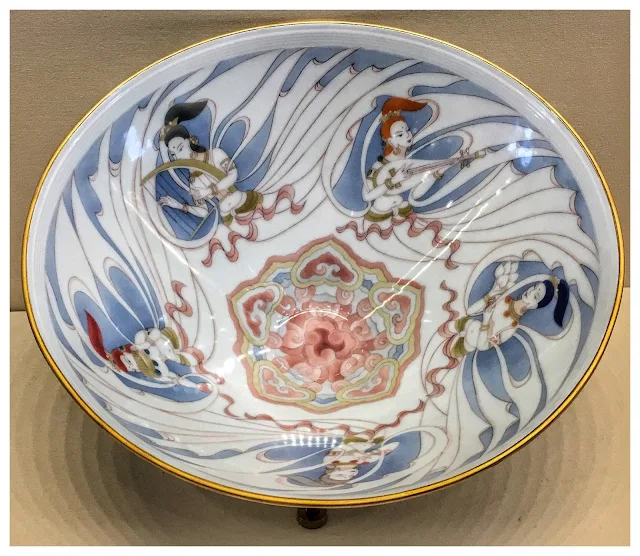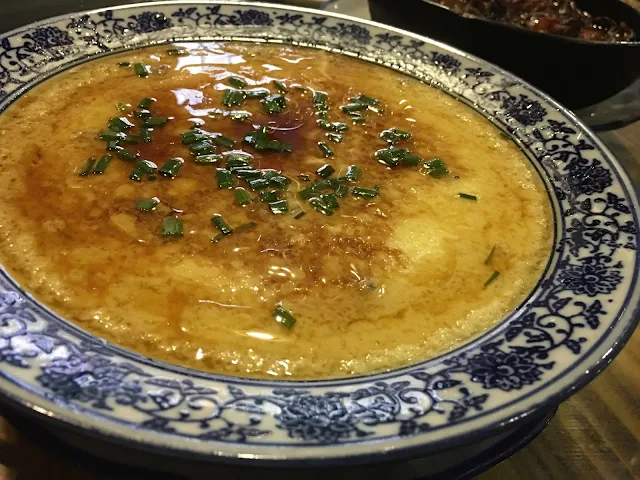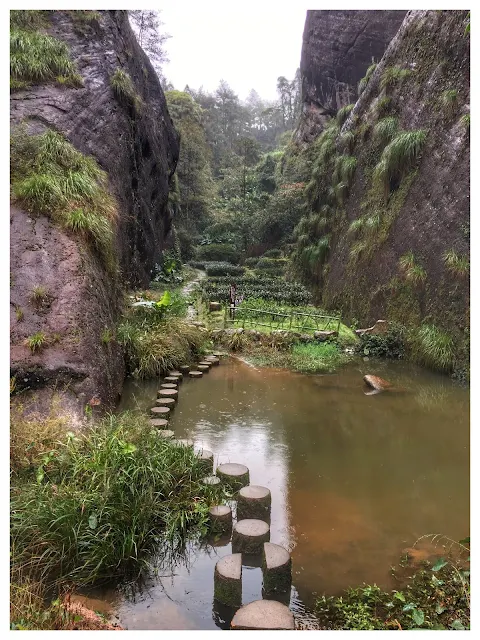When an economy overly depends on consumption to power growth, it leads to problems, in contrast to utilising investment in infrastructure, spending on education and creating actual value. Consumer, corporate and government driven expenditures are increasingly powered by debt instead of the real ability to pay for them.
Ireland has reportedly a national debt of 179 per cent of its GDP. This is an economy where foreign companies can borrow via their Irish subsidiaries. China's national debt is fuelled by real estate purchases and shadow banking credit. Debt was used as a tool to fund government stimulus in recent years in the USA. In stark contrast, Saudi still has zero national debt, despite low petroleum prices.
Increasingly, corporate debt from high tax nations have moved to places like Singapore, the Cayman Islands, the Netherlands and Ireland. Emerging markets do offer higher returns than mature economies as well.
Corporates have also increased their debts in a very low interest cost environment. Many borrow from the unregulated shadow banking sector, including the plethora of money market funds, hedge vehicles and asset managers. The resulting borrowed money is kept more in investor pockets than used in Research and Development or other productive purposes. It is reported the borrowed funds are also significantly used in share buybacks to sustain higher share prices and executive performance bonuses.
The result is that the wealthy get richer, employees do not see much wage rises and higher corporate debt heightens the corporate financial risk profile. The mom and pop investor together with pension or superannuation funds end up with more risky debt markets and share counters.
Baby boomers now live longer than before are at an age that require higher health care and pension costs . This can add to national debt blowouts, especially in nations with a generous social security structure and having an entitlement mentality for beneficiaries.
When high debt levels and inability to service debt on a timely basis undermine a country's credit standing, currency devaluation and further declines in ability to borrow more just to cover interest obligations can result. However, currencies can be manipulated as there is nothing solid standing behind the so called value of a currency than the promise and reputation of a government.
Excessive debt levels can be the dark force in the fate of many countries in an increasing unstable world.

















































